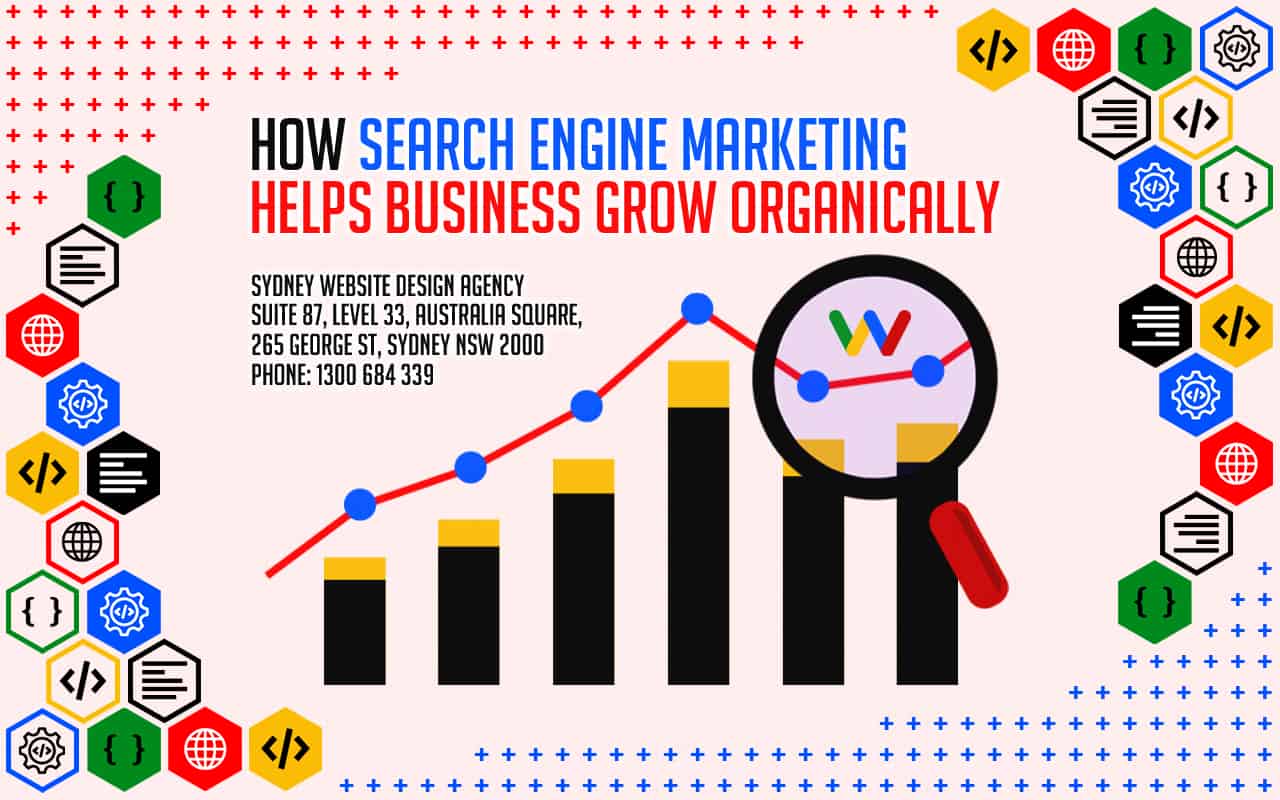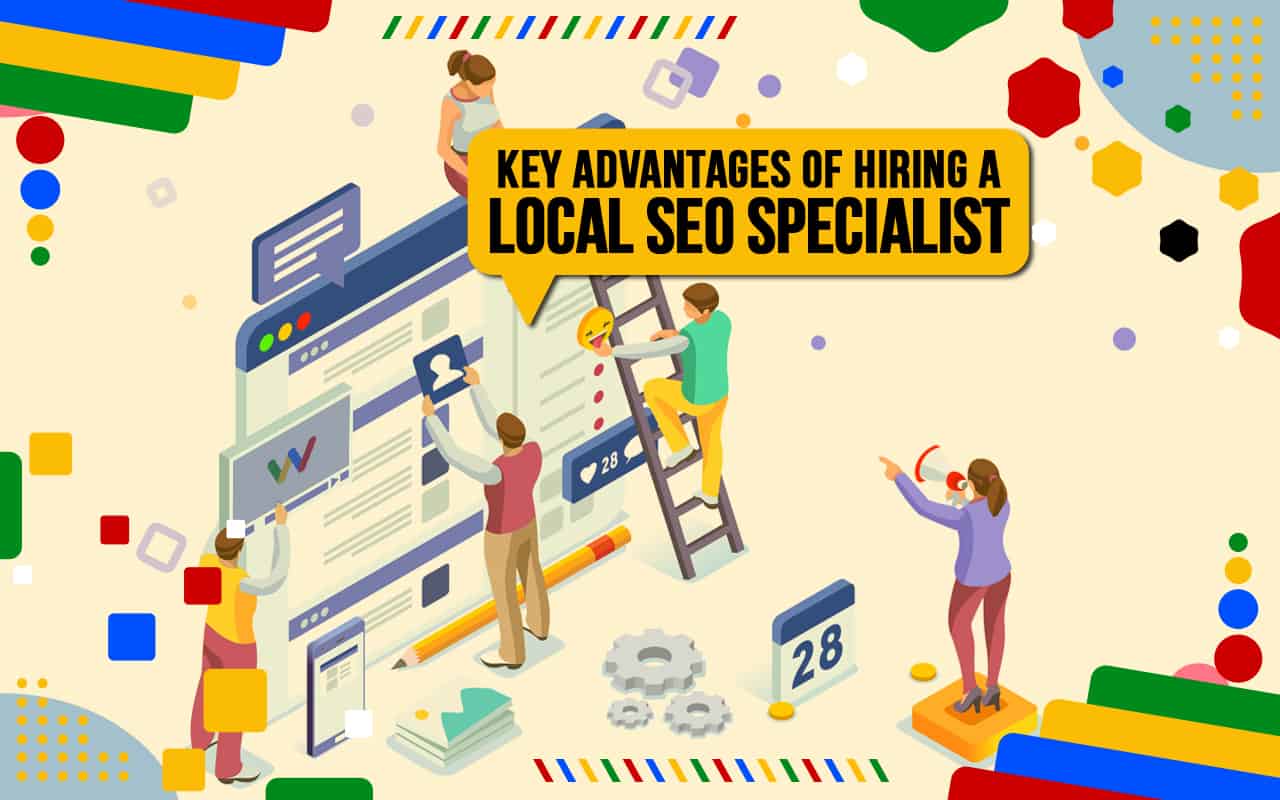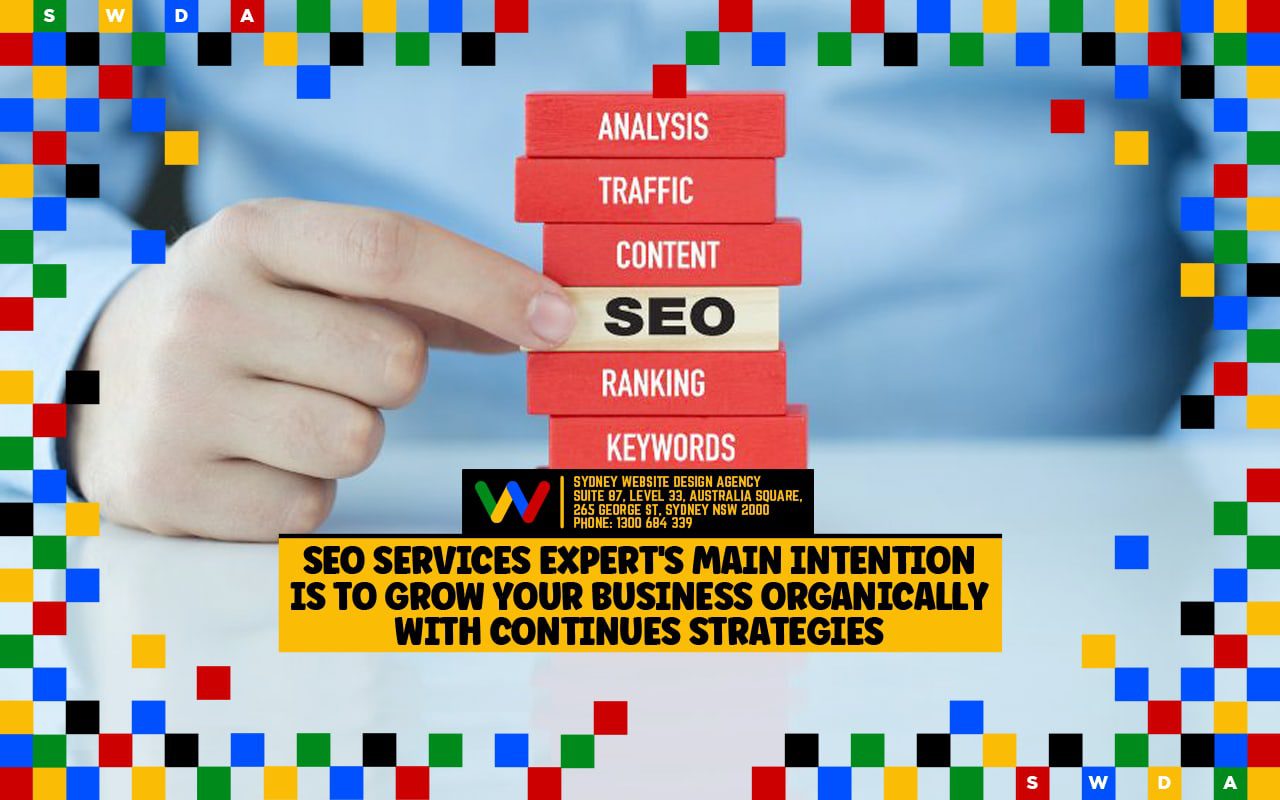

image SEO best practices"Image SEO best practices include adding descriptive alt text, optimizing filenames, using appropriate dimensions, and compressing files. Following these guidelines improves search visibility and helps attract more organic traffic to your site."
image sitemaps"An image sitemap is a file that lists the images on a website, helping search engines discover and index them. By submitting an image sitemap, you increase the visibility of your images in search results, driving more traffic to your site."
image size reduction"Image size reduction involves scaling down image dimensions to fit the intended display area. Smaller image dimensions result in faster load times, better user experience, and improved search rankings."
Best SEO Agency Sydney Australia. Best SEO Sydney Agency.image usability"Image usability focuses on selecting images that are relevant, high-quality, and aligned with the content they accompany. Best Search Engine Optimisation Services.
Industry directories for links"Industry directories for links are specialized platforms that list businesses within a particular field. Submitting your site to relevant industry directories helps establish authority, improve local search visibility, and earn quality backlinks."
industry-specific keywords"Industry-specific keywords focus on terms that are unique to your niche. By targeting these phrases, you can attract a highly relevant audience and build authority within your field."
Influencer link buildingInfluencer link building involves partnering with industry influencers who can share your content and link to your site. Their endorsements not only improve your backlink profile but also increase your brands credibility and reach.
Influencer outreach for links"Influencer outreach for links involves building relationships with well-known figures in your industry who can share your content and provide backlinks. By leveraging their authority, you can increase your sites credibility and reach a larger audience."
Infographic link building"Infographic link building uses visually engaging, data-driven graphics to earn backlinks.


informational keyword targeting"Informational keyword targeting focuses on queries from users seeking knowledge rather than making a purchase. By creating educational content around these terms, you attract a broader audience and build authority."
informational keywordsInformational keywords indicate that users are seeking knowledge rather than making a purchase. comprehensive SEO Packages Sydney services. Targeting these keywords allows you to create educational content that establishes authority and attracts a broader audience.
informational long-tail keywordsInformational long-tail keywords are detailed phrases that signal a users need for in-depth information. Optimizing for these keywords allows you to provide valuable resources and attract users earlier in their decision-making process.
intent-based keywords"Intent-based keywords are aligned with the purpose of the searchinformational, navigational, or transactional. Identifying intent allows you to create content that matches user needs and improves search performance."
Interactive content for links"Interactive contentsuch as quizzes, calculators, or interactive infographicsencourages engagement and naturally attracts backlinks. By offering valuable, engaging tools, you increase the likelihood of earning high-quality links from other websites."
internal anchor text"Internal anchor text is the clickable text used in internal links within your website. Using descriptive, keyword-rich anchor text helps search engines understand the linked pages content and improves the overall site structure."
range of SEO Services and Australia .

internal linking"Internal linking connects related pages within a website, helping both users and search engines navigate the site more easily. Effective internal linking improves crawl efficiency, enhances user experience, and boosts rankings by distributing link equity across the site."
internal linking"Internal linking is the practice of linking to other pages within the same website. By creating a well-structured internal linking strategy, you help users navigate the site more easily, distribute link equity, and improve search engine crawling and indexing."
internal linking"Internal linking connects related pages within your site, helping users navigate more easily and search engines understand site structure. A solid internal linking strategy improves user engagement, distributes link equity, and boosts overall rankings."
keyword competition"Keyword competition measures how difficult it is to rank for a particular keyword. By assessing competition levels, you can focus on terms that offer the best balance of search volume and ranking potential."
keyword densityKeyword density refers to the frequency of a keyword within the page content relative to the total word count. Maintaining a balanced keyword density helps ensure relevance without triggering search engine penalties for over-optimization.
keyword density analysisKeyword density analysis examines how frequently target keywords appear within your content. Ensuring an appropriate density helps maintain readability and relevance without triggering search engine penalties for keyword stuffing.

| Part of a series on |
| Internet marketing |
|---|
| Search engine marketing |
| Display advertising |
| Affiliate marketing |
| Mobile advertising |
Local search engine optimization (local SEO) is similar to (national) SEO in that it is also a process affecting the visibility of a website or a web page in a web search engine's unpaid results (known as its SERP, search engine results page) often referred to as "natural", "organic", or "earned" results.[1] In general, the higher ranked on the search results page and more frequently a site appears in the search results list, the more visitors it will receive from the search engine's users; these visitors can then be converted into customers.[2] Local SEO, however, differs in that it is focused on optimizing a business's online presence so that its web pages will be displayed by search engines when users enter local searches for its products or services.[3] Ranking for local search involves a similar process to general SEO but includes some specific elements to rank a business for local search.
For example, local SEO is all about 'optimizing' your online presence to attract more business from relevant local searches. The majority of these searches take place on Google, Yahoo, Bing, Yandex, Baidu and other search engines but for better optimization in your local area you should also use sites like Yelp, Angie's List, LinkedIn, Local business directories, social media channels and others.[4]
The origin of local SEO can be traced back[5] to 2003-2005 when search engines tried to provide people with results in their vicinity as well as additional information such as opening times of a store, listings in maps, etc.
Local SEO has evolved over the years to provide a targeted online marketing approach that allows local businesses to appear based on a range of local search signals, providing a distinct difference from broader organic SEO which prioritises relevance of search over a distance of searcher.
Local searches trigger search engines to display two types of results on the Search engine results page: local organic results and the 'Local Pack'.[3] The local organic results include web pages related to the search query with local relevance. These often include directories such as Yelp, Yellow Pages, Facebook, etc.[3] The Local Pack displays businesses that have signed up with Google and taken ownership of their 'Google My Business' (GMB) listing.
The information displayed in the GMB listing and hence in the Local Pack can come from different sources:[6]
Depending on the searches, Google can show relevant local results in Google Maps or Search. This is true on both mobile and desktop devices.[7]
Google has added a new Q&A features to Google Maps allowing users to submit questions to owners and allowing these to respond.[8] This Q&A feature is tied to the associated Google My Business account.
Google Business Profile (GBP), formerly Google My Business (GMB) is a free tool that allows businesses to create and manage their Google Business listing. These listings must represent a physical location that a customer can visit. A Google Business listing appears when customers search for businesses either on Google Maps or in Google SERPs. The accuracy of these listings is a local ranking factor.
Major search engines have algorithms that determine which local businesses rank in local search. Primary factors that impact a local business's chance of appearing in local search include proper categorization in business directories, a business's name, address, and phone number (NAP) being crawlable on the website, and citations (mentions of the local business on other relevant websites like a chamber of commerce website).[9]
In 2016, a study using statistical analysis assessed how and why businesses ranked in the Local Packs and identified positive correlations between local rankings and 100+ ranking factors.[10] Although the study cannot replicate Google's algorithm, it did deliver several interesting findings:
Prominence, relevance, and distance are the three main criteria Google claims to use in its algorithms to show results that best match a user's query.[12]
According to a group of local SEO experts who took part in a survey, links and reviews are more important than ever to rank locally.[13]
As a result of both Google as well as Apple offering "near me" as an option to users, some authors[14] report on how Google Trends shows very significant increases in "near me" queries. The same authors also report that the factors correlating the most with Local Pack ranking for "near me" queries include the presence of the "searched city and state in backlinks' anchor text" as well as the use of the " 'near me' in internal link anchor text"
An important update to Google's local algorithm, rolled out on the 1st of September 2016.[15] Summary of the update on local search results:
As previously explained (see above), the Possum update led similar listings, within the same building, or even located on the same street, to get filtered. As a result, only one listing "with greater organic ranking and stronger relevance to the keyword" would be shown.[16] After the Hawk update on 22 August 2017, this filtering seems to apply only to listings located within the same building or close by (e.g. 50 feet), but not to listings located further away (e.g.325 feet away).[16]
As previously explained (see above), reviews are deemed to be an important ranking factor. Joy Hawkins, a Google Top Contributor and local SEO expert, highlights the problems due to fake reviews:[17]
|
|
This article includes a list of general references, but it lacks sufficient corresponding inline citations. (December 2014)
|
Web indexing, or Internet indexing, comprises methods for indexing the contents of a website or of the Internet as a whole. Individual websites or intranets may use a back-of-the-book index, while search engines usually use keywords and metadata to provide a more useful vocabulary for Internet or onsite searching. With the increase in the number of periodicals that have articles online, web indexing is also becoming important for periodical websites.[1]
Back-of-the-book-style web indexes may be called "web site A-Z indexes".[2] The implication with "A-Z" is that there is an alphabetical browse view or interface. This interface differs from that of a browse through layers of hierarchical categories (also known as a taxonomy) which are not necessarily alphabetical, but are also found on some web sites. Although an A-Z index could be used to index multiple sites, rather than the multiple pages of a single site, this is unusual.
Metadata web indexing involves assigning keywords, description or phrases to web pages or web sites within a metadata tag (or "meta-tag") field, so that the web page or web site can be retrieved with a list. This method is commonly used by search engine indexing.[3]
A digital agency in Sydney can offer a comprehensive approach, combining SEO with other marketing strategies like social media, PPC, and content marketing. By integrating these services, they help you achieve a stronger online presence and better ROI.
An SEO consultant in Sydney can provide tailored advice and strategies that align with your business's goals and local market conditions. They bring expertise in keyword selection, content optimization, technical SEO, and performance monitoring, helping you achieve better search rankings and more organic traffic.
SEO, or search engine optimisation, is the practice of improving a website's visibility on search engines like Google. It involves optimizing various elements of a site such as keywords, content, meta tags, and technical structure to help it rank higher in search results.
Local SEO helps small businesses attract customers from their immediate area, which is crucial for brick-and-mortar stores and service providers. By optimizing local listings, using location-based keywords, and maintaining accurate NAP information, you increase visibility, build trust, and drive more foot traffic.
SEO marketing is the process of using search engine optimization techniques to enhance your online presence. By optimizing your website, creating relevant content, and building authority, you attract organic traffic from search engines, increase brand awareness, and drive conversions.